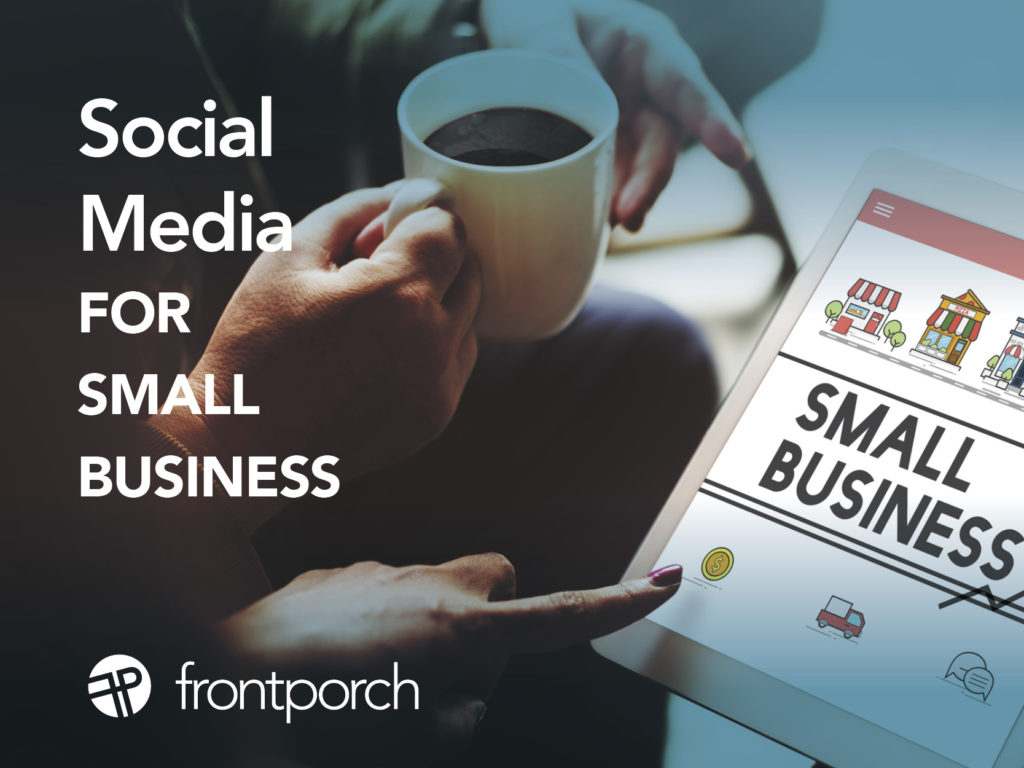
Small Business Social Media: How to Handle It
You end up wearing a variety of hats as a small business owner: customer service rep, accountant, service provider, marketing professional…the list goes on. Adding “social media strategist” to that list can feel overwhelming, especially when you consider all of the platforms available, each with its own tricks and content requirements. So how do you determine where you should be focusing your energy and resources?
With our small business clients, we of course, start small. We’ve put together a guide to show you how we figure out a social media strategy that will work for our small business clients. And sometimes having someone guide you or help you execute this task can be your best option!
Off to a (Small) Start
First of all, let go of the notion that you need to be everywhere. It’s best to start off small, especially if you’re working with a small team and limited resources. Instead, we ask a few key questions to figure out where your social media efforts will be most effective:
- Where are your customers?
- Where are your competitors?
- What purpose is each platform serving?
We start by considering how much time and budget a small business might have to dedicate to social media. And a social media audit is a good first step. For example, if you don’t have a lot of time to spare it’s probably best to avoid video-first platforms like YouTube and TikTok. It’s also worth deciding whether you’ll mostly be creating original content or repurposing existing material, like webinars and live workshops. We sometimes do part of the social media, or one of the channels, supplementing a small business’ in-house resources, so it’s not overwhelming for them to do all of it.
Picking a Social Media Platform
If you want to reach as many people as possible with your social media efforts, consider how many people use various platforms. Facebook clocks in with the most users (almost 3 billion), though Instagram, TikTok, and YouTube have each crossed the billion-user threshold as well. Smaller, newer platforms (like alternatives to Twitter/X) won’t have the same populations.
All Social Media Channels Are Not The Same
The average user of each platform varies, so you’ll need to determine which venues are popular among your target audience. Facebook users tend to be closer to middle age, with 77% falling between 30 and 49 years old, while almost half of TikTok users are between the ages of 18 and 29. Remember, though, that just because your audience is using a platform doesn’t mean they spend money there, so if you use social media to sell goods or services you should also look at users’ spending habits. Facebook and Instagram are particularly popular as shopping venues, while TikTok has yet to roll out universal access to its “Shop” feature.
Begin, Test, Begin Again
Once you’ve selected the platforms you’ll be using and started posting content, continually check in on your content’s performance. See what’s working and what isn’t. Keep an open mind when it comes to what sort of content your audience wants to see. And don’t be afraid to shake things up every now and then. You may just stumble across a new means of connecting to your audience. Relationship-building is the name of the game when it comes to social media.
